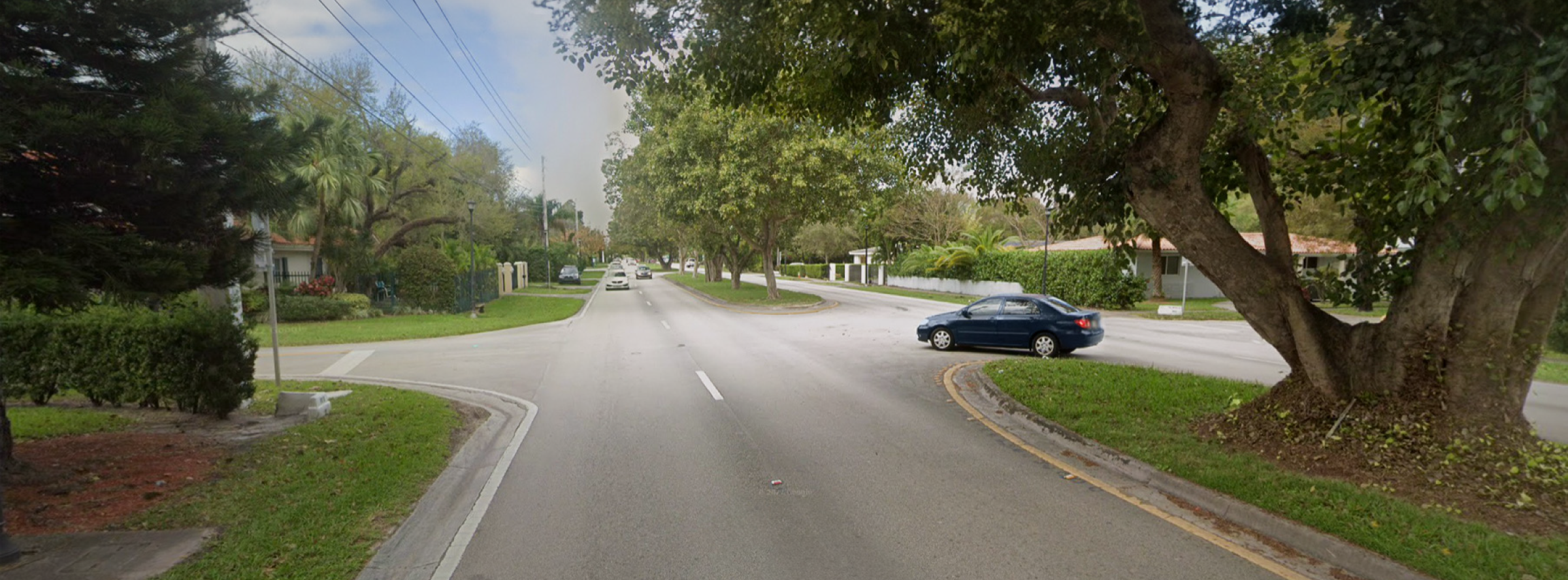Lane width is a key factor in roadway analysis, and its influence varies depending on the type of facility and the Highway Capacity Manual (HCM) method applied. Across all HCM procedures, a 12-ft lane is considered the default standard.
Freeway Basic Segments and Multilane Highways
For these facilities, lane width affects the Free-Flow Speed (FFS) of the segment. The HCM methodology only provides adjustment factors for average lane widths of 10 ft or more. The reduction in FFS is constant within each range, as shown below.
| Average Lane width (ft) | Reduction in FFS, flw (mi/h) |
|---|---|
| >=12 | 0.0 |
| >=11-12 | 1.9 |
| >=10-11 | 6.6 |
Exhibit 12-20. Minimum width considered: 10 ft.
For freeways: FFS = b𝑓𝑓s – 𝑓LW – 𝑓RLC – 3.22 × TRD0.84
Equation 12-2
For Multilane Highways: FFS = BFFS – 𝑓LW – 𝑓TLC – 𝑓M – 𝑓A
Equation 12-3
Two-Lane Highways
The lane width effect is also applied to FFS, calculated using Equations 15-3 and 15-5 in the HCM. For this analysis, the minimum lane width is 9 ft.
FFS = BFFS – a(HV%)– 𝑓LS – 𝑓A
Equation 15-3
𝑓LS = 0.6 x (12 – LW) + 0.7 x (6 – SW)
Equation 15-5
Signalized Intersections
In signalized intersection analysis, lane width impacts the saturation flow rate rather than speed. Adjustments follow Table 19-20 in the HCM, with a minimum lane width of 8 ft for consideration.
s = s0𝑓W𝑓HVa𝑓b𝑓bb𝑓a𝑓LU𝑓LT𝑓RT𝑓vb𝑓Rvb𝑓wz𝑓ms𝑓sv
Equation 19-8
| Average Lane width (ft) | Reduction in FFS, flw (mi/h) |
|---|---|
| <10.0 | 0.96 |
| >=10.0-12.9 | 1.00 |
| >12.9 | 1.04 |
Exhibit 19-20. Minimum width considered: 8 ft.




